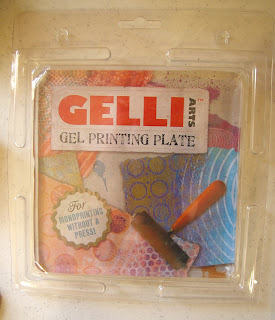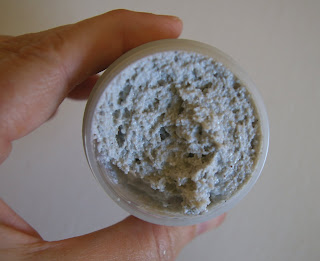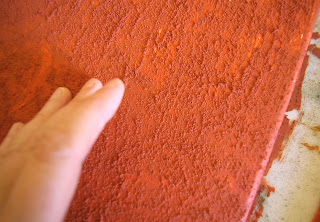Red Heart's Sashay Yarn is a very quick and easy way to make stunning scarves--a couple hours of knitting and a $5 ball of yarn and you have a great present for a friend..or yourself.
Sashay yarn is a very smooth acrylic mesh. The frilly scarf pattern is VERY easy, once you grasp the idea of how to knit with the mesh yarn. There are YouTube videos showing how on the Red Heart website.
But for anyone who doesn't download videos:
Choose a width--anywhere between 5 and 10 stitches is best, depending on how long and wide you want your scarf.
Cast on your stitches. It's just like you would regularly cast on, except that you DON'T "throw" the whole yarn over your needle...just the first few strings of the net. And it's garter stitch back and forth, again only "throwing" the first few strings. Easy peasy.
Just knit back and forth (knitting only the first few strings of the yarn) until you have 1 yard left for binding off. They recommend either 6 stitches or 10--I'm using 6 in my demo picture. They recommend size 9 needles. The video uses aluminum needles. I tried it with aluminum and it was VERY slippery, so I'm using Lion brand size 15 plastic that I had on hand instead. I have used size 13 aluminum needles, and that was much easier than the 9's.
Helpful Hint: When you're turning at the end of each row, alternate which way you turn. Clockwise, then counterclockwise...that way the yarn will not twist. In most yarns, it doesn't matter too much, but it will with this net yarn. If you don't twist it...then you won't have to UNTWIST it.
Gauge isn't important in this pattern, so it shouldn't make a big difference. And I'm terrible about following patterns.
**Sigh.** You might as well buy extra, if you're buying one to make a scarf. If someone sees it, they are gonna want one too. I made one for my cousin Judy, and now have an assignment for six more. Good thing they're quick.
Note that occasionally a skein will have a yarn end knot in it. If the knot is big, untie & retie it, or cut it and weave it in. You will not notice it after you're finished with the scarf.



















































